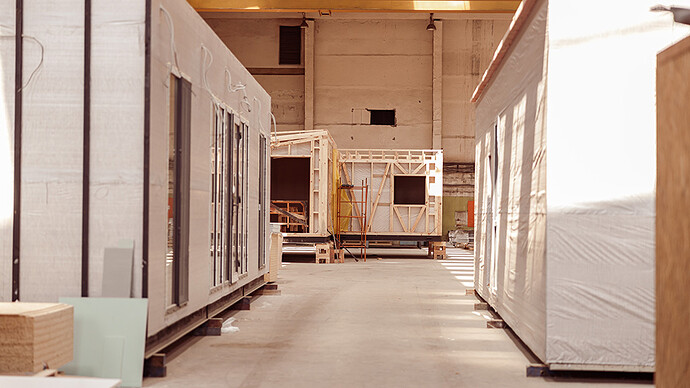Canadian Prime Minister Mark Carney is aiming to double the rate of housing construction and has set a goal of building half a million homes a year nationwide for the next decade, while Premier Doug Ford in Ontario has promised to erect 1.5 million homes between 2023 and 2031.
However, both targets appear to be nothing but remote pipe dreams, according to latest housing figures. Starts are trending in the wrong direction, with further declines expected.
Canada-wide, there were 245,791 housing starts in Canada in August – a decrease of 16 per cent from 293,537 in July and well below market expectations of 277,500. For Ontario, it’s just as grim, as housing starts have declined 23 per cent in 2025 compared to the year before.
Carney, for one, is touting the recently announced $13-billion Build Canada Homes to help builders get projects off the ground quicker and harness innovative housing technologies to build faster. The agency will focus on factory-built, modular and mass timber methods of construction.
The question is: Could innovative offsite construction methods be the saviour of the industry?
A new report from C.D. Howe Institute that examined how construction technologies can enhance labour productivity in residential construction found while the approaches are not a silver bullet, they may offer valuable tools for increasing housing supply and dealing with construction workforce constraints.
“Canada is facing a growing labour shortage and serious construction productivity challenges, which could have long-term consequences for our economic growth,” says Tasnim Fariha, a senior policy analyst at the institute and author of the report. “This kind of innovative construction addresses these challenges by allowing workers to produce more within the same amount of work hours.”
The report, Building Smarter, Faster: Technology and Policy Solutions for Canada’s Housing Crisis, states CMHC estimates Canada needs to start building at least 430,000 units annually to restore affordability to 2019 levels, but only 245,000 homes were started last year.
The report indicates factory-based approaches can shift up to 60 per cent of the building process off-site, offering greater control over costs, timelines and labour use, and that modular and panelized systems and mass timber could allow workers to produce more in the same amount of work hours.
“Scandinavian countries like Sweden have made extensive use of modular and mass timber construction, backed by co-ordinated policies and supply chain support,” says Fariha. “In comparison, Canada has moved slowly, with fragmented standards and limited incentives for adoption.”
The report indicates many countries are leveraging prefabrication technologies to accelerate homebuilding, increase productivity in the face of tight labour markets, and improve sustainability. However, in Canada adoption remains limited amidst industry-specific challenges, complex regulations and insufficient incentives to support innovation.
Despite their promise, the technologies have not consistently delivered cost savings in the Canadian context, the report states. Modular, panelization, mass timber, and 3D concrete printing methods often face higher upfront costs, insurance premiums or material expenses.
The report does not recommend any single technological fix but calls on governments at all levels to create the conditions necessary for innovation to thrive. The author calls for targeted financial tools to incentivize investors as well as streamlined permitting, harmonized building code interpretations and workforce training support.
“The vision must go beyond funding,” says Fariha. “To build smarter and faster, we need to modernize the rules and support systems that shape how homes are built.”
The Build Canada Homes initiative announced recently by the federal government signals a strong commitment to innovation, but without tackling regulatory, financial and logistical obstacles, these technologies won’t scale or deliver meaningful cost savings, the report states.
To realize the productivity benefits, governments must streamline permitting, harmonize building code interpretation, reduce development charges, support workforce training, among other steps, as well as standardizing interpretation of building codes across municipalities to ensure consistency and avoid costly, time-consuming redesigns.
“While all housing supply efforts deserve timely support, streamlining financing processes for innovative homebuilding approaches – such as modular and prefabricated construction – will help unlock productivity gains and build capacity in this developing segment of the industry.”
The report also suggests low-cost financing and investment tax credits for builders would help.
Meanwhile, standardizing and, where possible, harmonizing transportation requirements across provinces is crucial for the factory-built industry, the report states, and consistent regulations would enable cost and time savings by allowing the replication of identical units without the need for costly delays due to jurisdictional differences.
Municipalities should also eliminate duplicative inspections which would greatly streamline the construction process and avoid unnecessary costs and delays.
